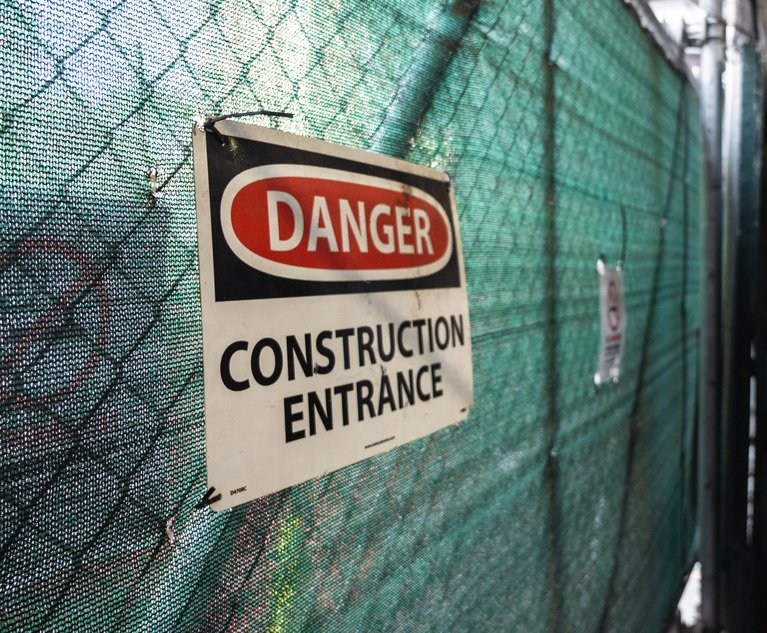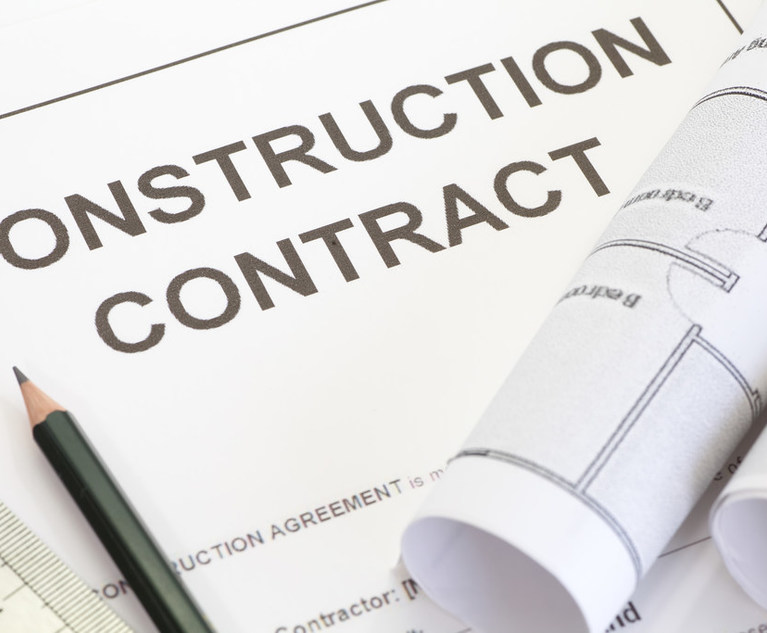Editor’s Note: This is the second installment of a two-part column. The first installment appeared in the May 5, 2023, edition of the New York Law Journal.
This column, which was divided into two parts due to its length, focuses upon a single question: whether the plaintiff-worker’s conduct constitutes the sole proximate cause of the subject accident as a matter of law, or alternatively may be deemed by a jury to be the sole proximate cause of the subject accident, in a case in which, the worker indeed knew there was a safer means of working at the subject elevation, and also that he or she was had been told or expected to use that safer means of elevation, the subject accident would not have occurred but for the worker’s choice of the unsafe mode of elevation, and, it nonetheless remains that the persons in control of the site allowed the worker to work unsafely on this and perhaps prior occasions as well.
This content has been archived. It is available through our partners, LexisNexis® and Bloomberg Law.
To view this content, please continue to their sites.
Not a Lexis Subscriber?
Subscribe Now
Not a Bloomberg Law Subscriber?
Subscribe Now
LexisNexis® and Bloomberg Law are third party online distributors of the broad collection of current and archived versions of ALM's legal news publications. LexisNexis® and Bloomberg Law customers are able to access and use ALM's content, including content from the National Law Journal, The American Lawyer, Legaltech News, The New York Law Journal, and Corporate Counsel, as well as other sources of legal information.
For questions call 1-877-256-2472 or contact us at [email protected]


 Construction Zone in Manhattan, New York. Photo: Ryland West/ALM
Construction Zone in Manhattan, New York. Photo: Ryland West/ALM




